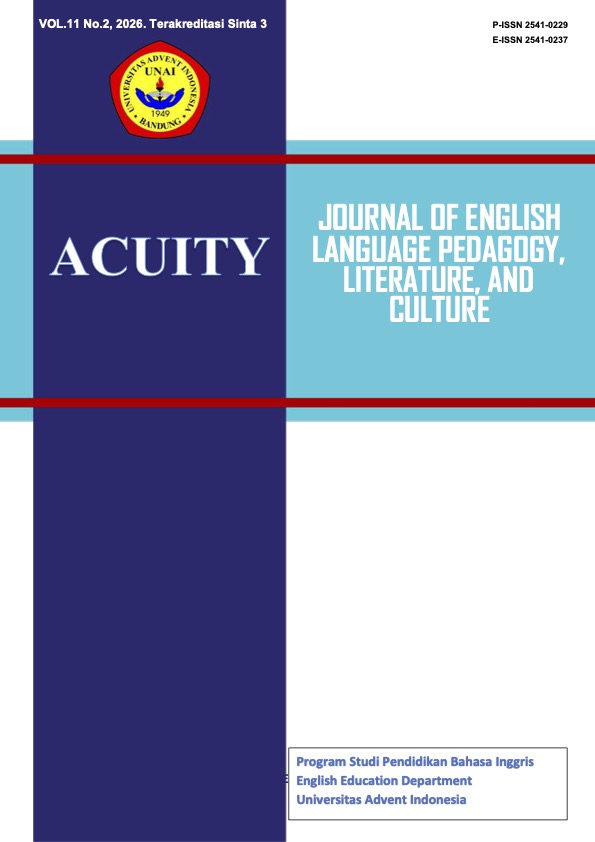Daffodils and the Green Imagination: Wordsworth Through an Ecocritical Lens
Keywords:
Nature, Ecocriticism, Ecosystem, LonelilessAbstract
This paper investigates the poem “I Wandered Lonely as a Cloud” by William Wordsworth using an ecocritical approach Ecocriticism focuses on the connection between literature and nature, examines how humans are related with the ecosystem. The study explains how Wordsworth shows nature, especially the beauty of daffodils, and how this relation enhances human emotions and feelings. The poem considers the opinion of Wordsworth that nature has a superpower on the human mind to bring joy and happiness.
This research also highlights Wordsworth’s use of language and imagery to bring nature to life. The personification of the daffodils gives them a sense of movement and happiness, supporting the idea that nature has its own value and role. Besides the poem insists on how remembrances of nature can make a power to offer tranquility and inspiration, even when a person is alone. This indicates that the effect of nature extends and expands even after the time of experience, shifting attitudes and feelings over time.
The research includes the scope of the study, the problem, and the hypothesis. It introduces ecocriticism, examines and explores its historical improvement, and explains its application to Romantic literature, particularly the works of William Wordsworth.
Then, the research tackles the studies on the Romantic age’s ecological context, Wordsworth’s personal connection with nature, and previous scholarly interpretations of “I Wandered Lonely as a Cloud.” It also includes the research methodology and literary framework adopted in this study.
An ecocritical analysis of the poem itself, pointing out crucial themes, poetic devices, and the ecological messages implied in the text are pinpointed.
Finally, this paper deals with these sections along with the conclusions and the works cited page, providing an inclusive view of how literature, especially Romantic poetry is able
Downloads
References
Bahador, R., & Faghfori, S. (2014). Nature’s affable voice in Wordsworth and Sepehri:
An ecocritical study. Anglisticum Journal, 3(10), 30–37.
Barik, S. (2024). The poetic psyche in nature’s embrace: An ecocritical and
psycholinguistics study of Wordsworth’s "Daffodils." International Journal of English Language, Literature and Translation Studies, 11(1), 131–136.
Bressler, C. (2010). Literary criticism. Prentice Hall.
Buell, L. (2005). The future of environmental criticism. Blackwell.
Carducci, V. (2009). Ecocriticism, ecomimesis, and the romantic roots of modern ethical
consumption. Literature Compass, 6(3), 632–646. https://doi.org/10.1111/j.1741-4113.2009.00625.x (if available)
Demirbatir, R. (2023). Advanced and contemporary studies in educational sciences.
Duvar Publishing.
Dong, M. (2019). The beauty of ‘being alone’ in I wandered lonely as a cloud.
International Conference on Cultures, Languages and Literatures, and Arts, 67, 401–405.
Du, X. (2024). Wordsworth’s view of nature reflected in "I wandered lonely as a cloud."
SHS Web of Conferences, 199, 1–6. https://doi.org/10.1051/shsconf/202419901001 (if applicable)
Fatah, S. (2019). Industrialization in William Wordsworth’s selected poems. Journal of
University of Human Development, 5(3), 116–119.
Ferber, M. (2005). European romanticism. Blackwell.
Hasan, M., & Muhamad, K. (2020, September 1). “Nature and environment in William
Wordsworth’s selected poems: An eco critical approach”. International Journal of Social and Educational Innovation (IJSEIro), 7(14), 42–61. Retrieved from https://www.journals.aseiacademic.org/index.php/ijsei/article/view/158 ejournal.uinsby.ac.id+9journals.aseiacademic.org+9researchgate.net+9
Hasan, M. (2024). We are too little with nature, but too much with the world: An
eco critical study of William Wordsworth’s “The World Is Too Much with Us”. Journal of Kirkuk University Humanity Studies, 19(1), 1–15. iraqoaj.net
Hasan, M. (2023). Robert Herrick’s “Daffodils,” Percy Bysshe Shelley’s “The Flower,”
and Abdulla Goran’s “Ivy Flower”: A comparative study”. Journal of Language Studies, 6(4), 239–252.

















